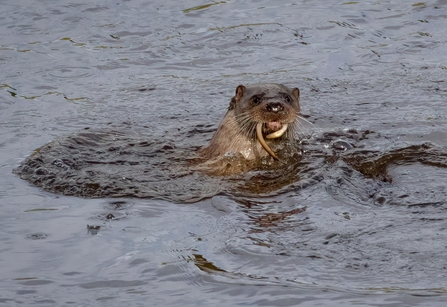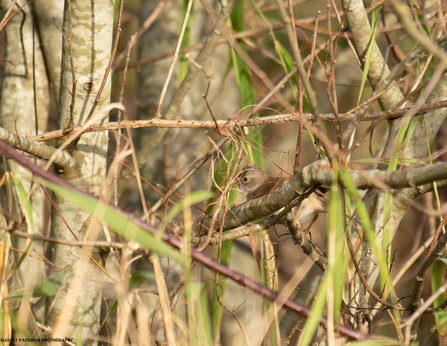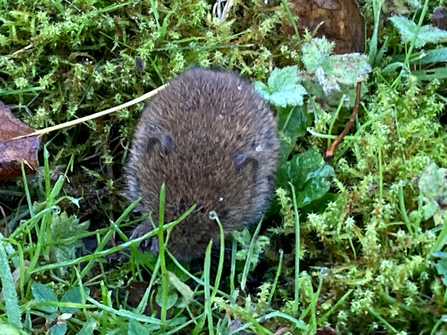Fresh mornings, bright pink skies, and crisp leaves underfoot, October has been a month filled with both autumnal delights and unseasonably mild days.
Let's take a closer look at some wildlife sightings from October.
Brockholes
With 250 acres of beautiful nature reserve to explore, Brockholes is a truly special place to visit at any time of year.
This month, the woodlands were brimming with fungi, including candle snuff, clustered bonnet, amethyst deceiver, and jelly ear, meanwhile, at the water's edge, kingfishers have been showing well, flashing electric blue against a russet backdrop. Little egrets too have been delighting our visitors this month and even an otter, a characteristically elusive creature, has been spotted catching eels in the River Ribble, with some fantastic photos captured by Leslie.
The European otter is one of our top predators and an excellent swimmer, with webbed feet and a dense coat. Whilst an encounter like Leslie's is a rare treat, there are other tell-tale signs of otter you can look out for; their pawprints (five toes) and their droppings (known as spraints) which will often be twinkling with fish scales.





